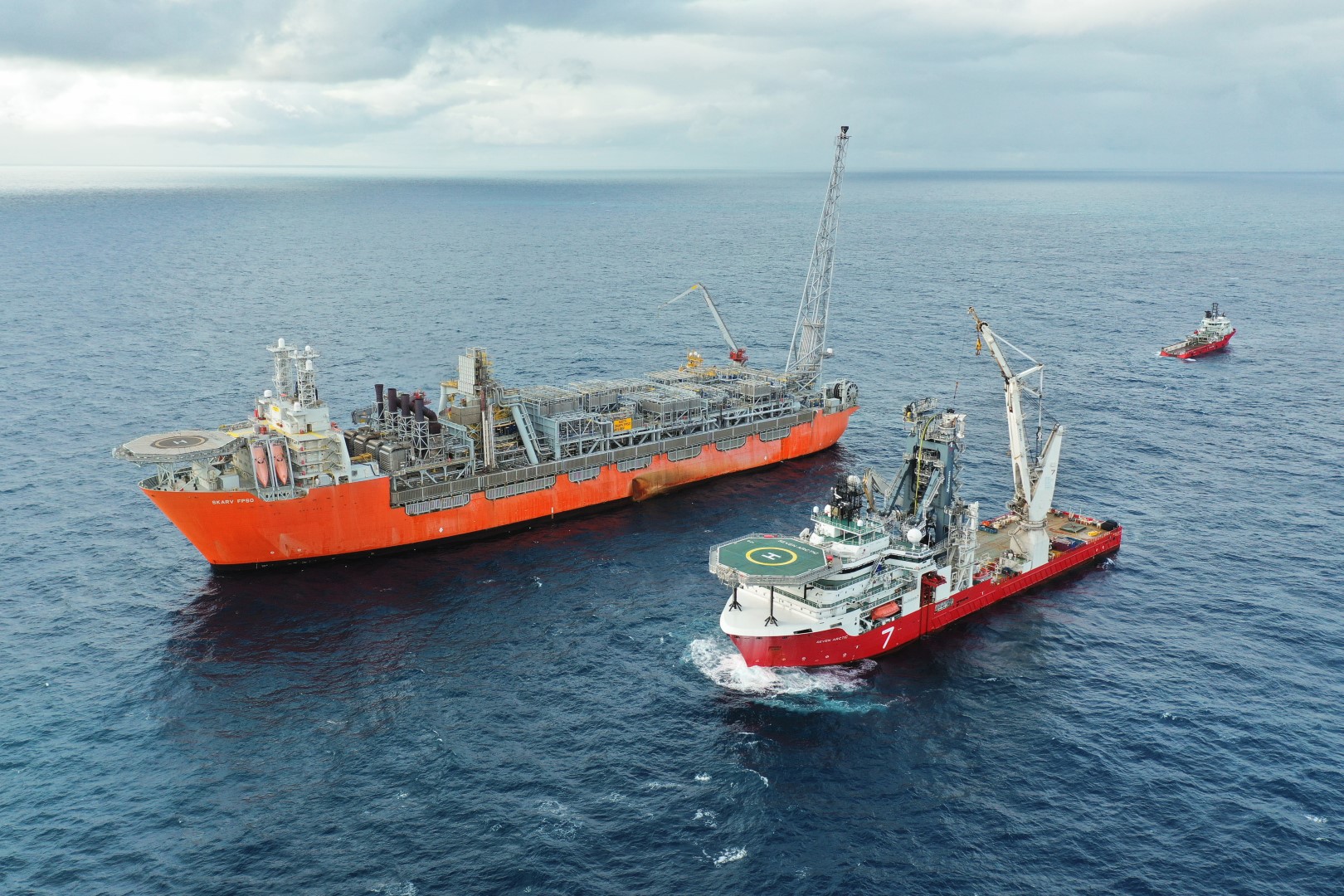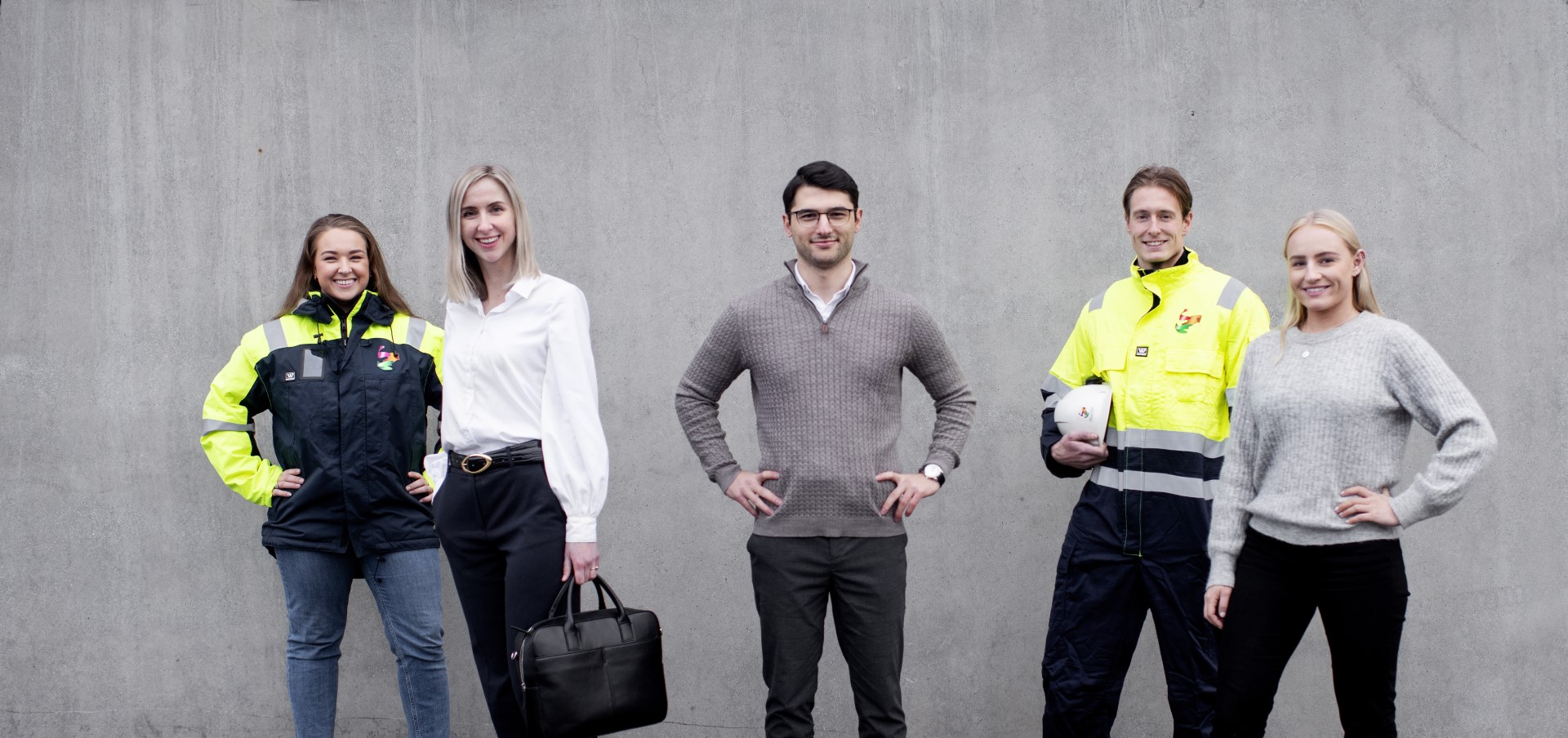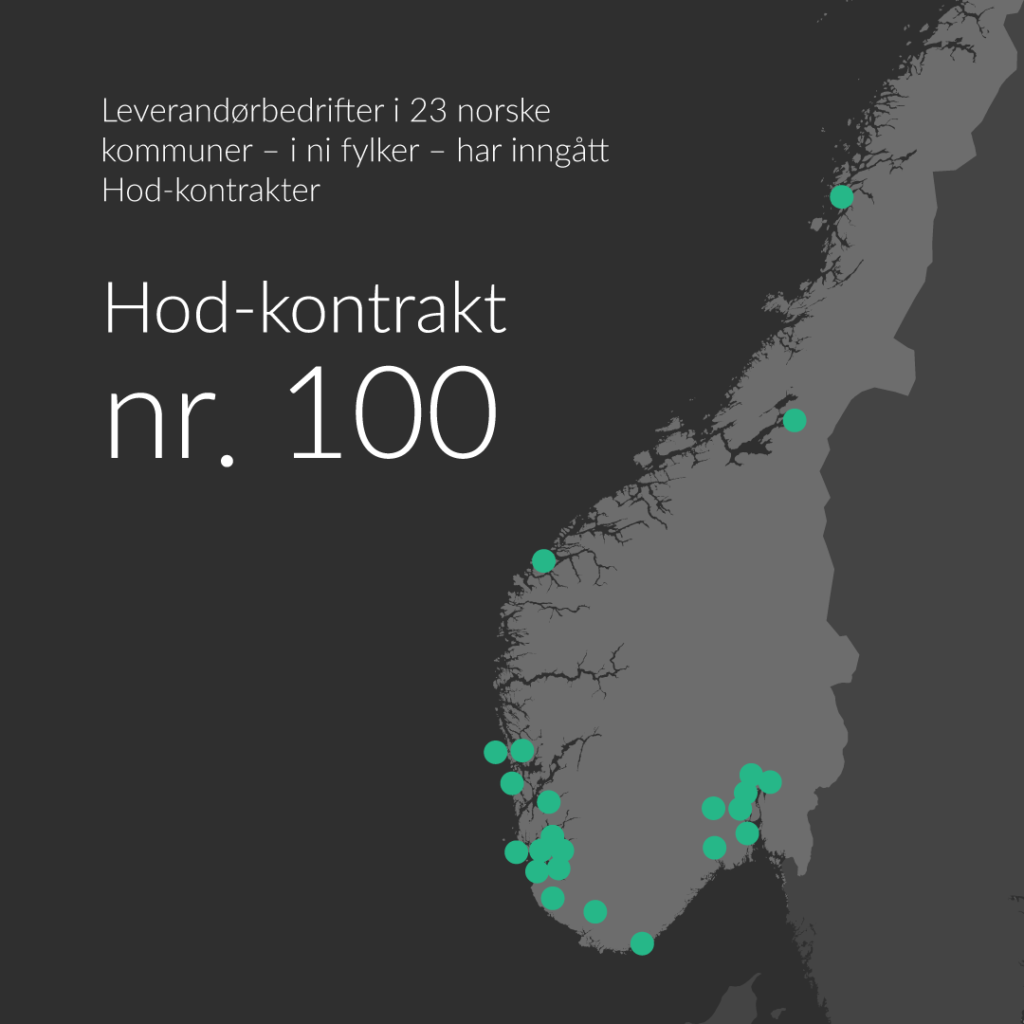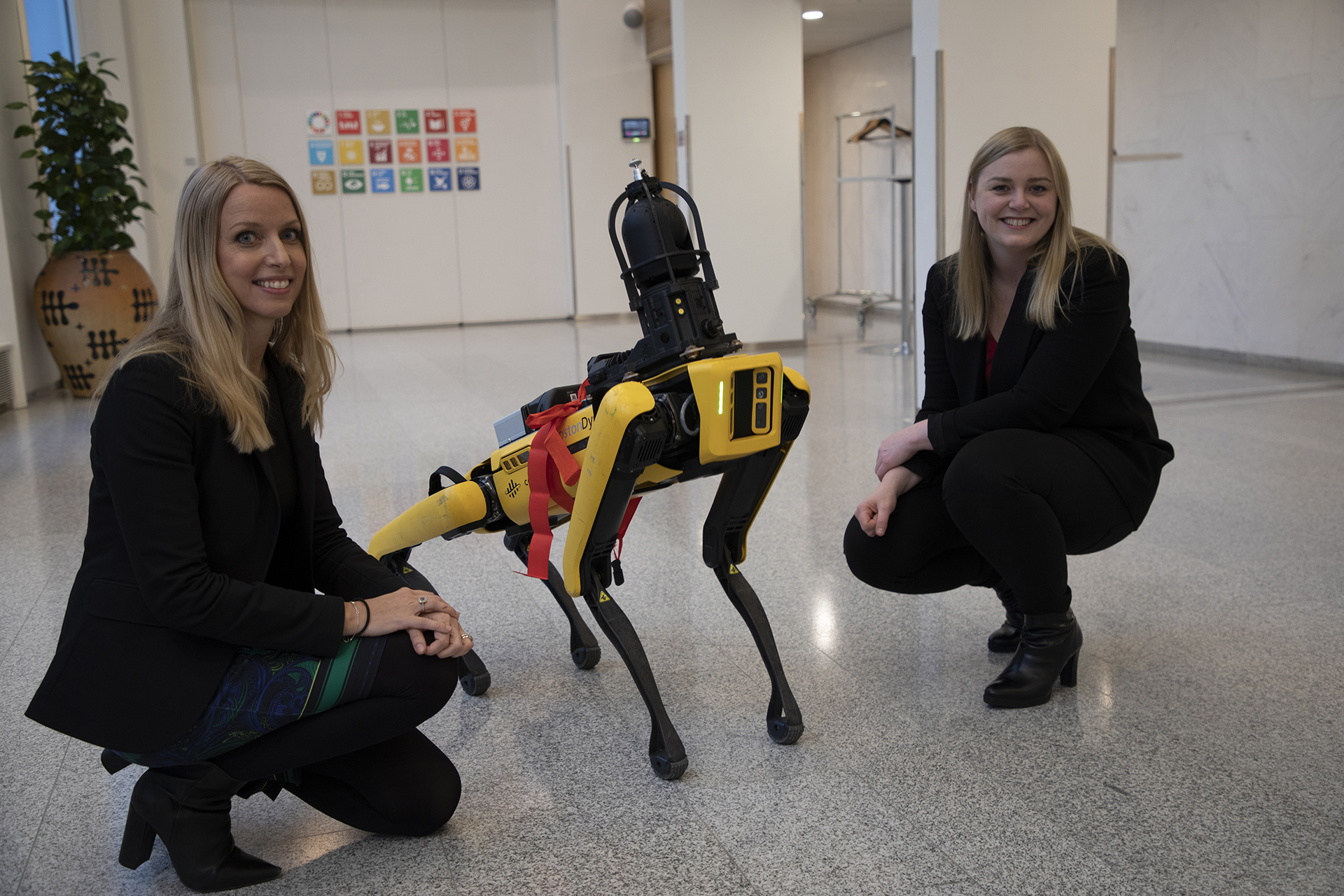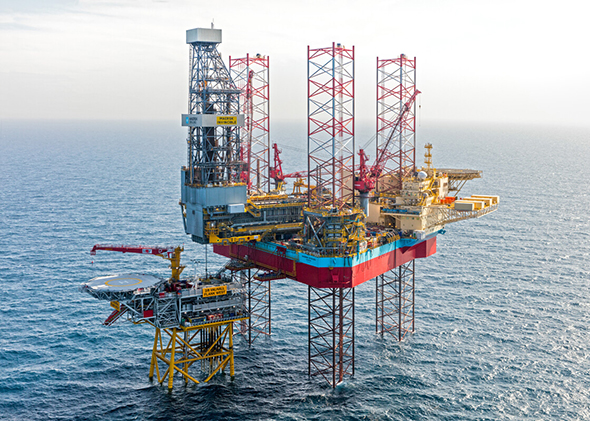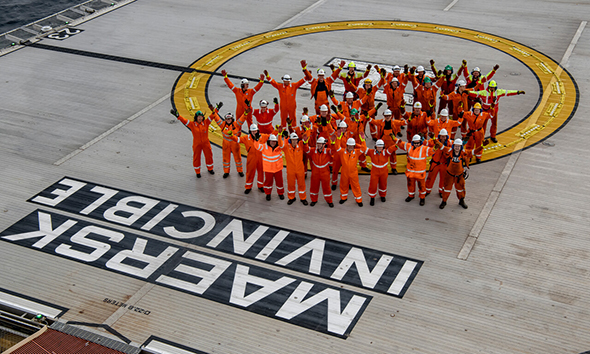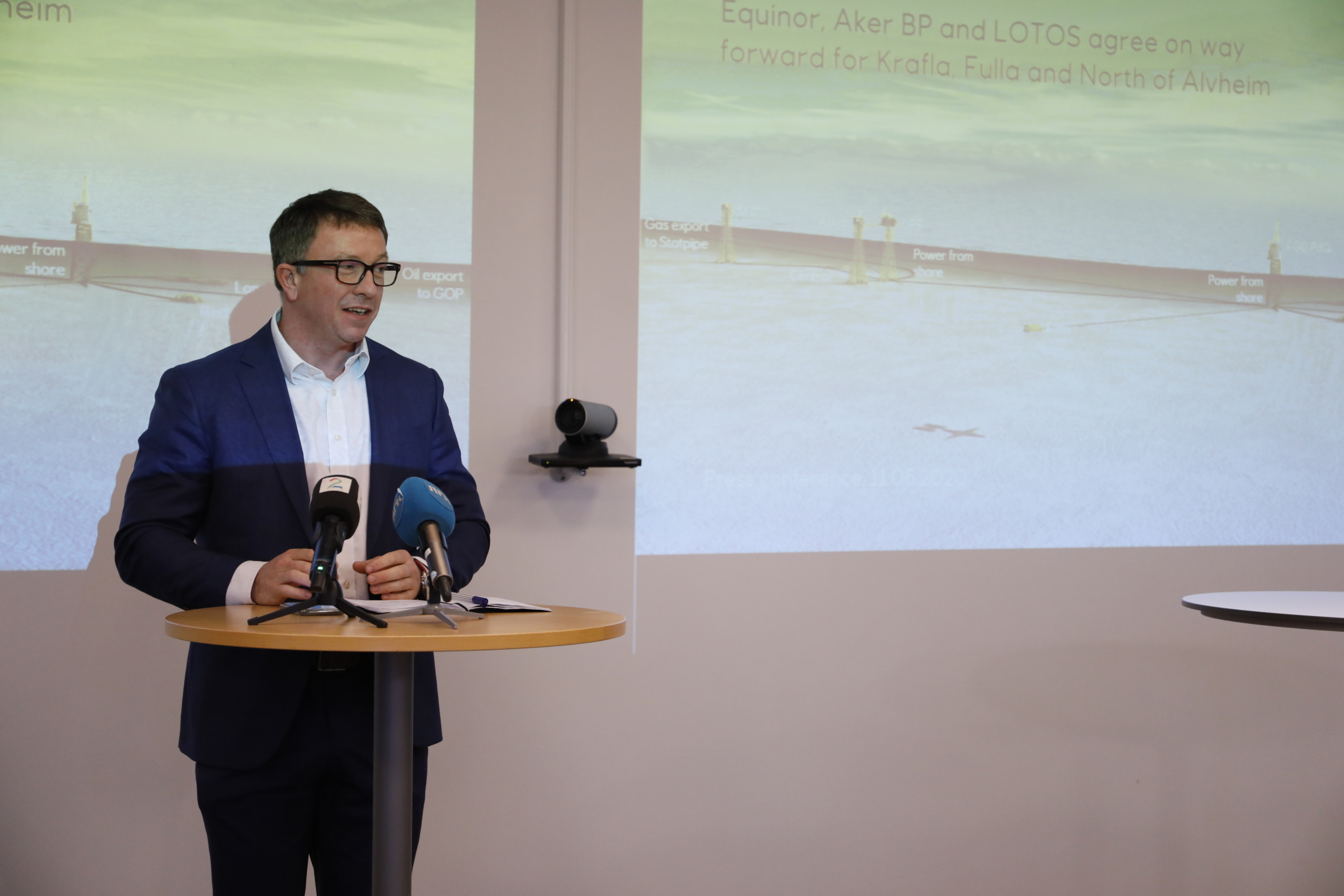OneTeam is one of the core principles of Aker BP. This is why diversity and inclusion is at the top of the agenda.
The OneTeam culture has multiple dimensions. Cooperation with suppliers, alliances, land and sea is at the very centre of how we work at Aker BP. But an even more fundamental aspect is how employees interact on a personal level by actively leveraging each other’s strengths to create good results and take care of individuals in a safe, secure, and inclusive working environment.
Aker BP was created by mergers and acquisitions. That means that the workforce is a mix of employees with different backgrounds, many of which came from BP and Det norske following the merger in 2016. A significant number of employees previously worked for other companies, acquired along the way.
Being able to leverage the best in everyone assumes that our workforce has all the skillsets we need. Aker BP recognises a talented and diverse workforce as a critical competitive advantage. This is why the company has embraced diversity and inclusion as part of its strategy to source, retain, and manage unique talent, skills, knowledge, and experience. This already governs everyday working life in the company.
Diversity means all the ways we differ. It includes visible differences such as age, gender, ethnicity and physical appearance, and underlying differences such as thinking styles, religion, nationality, sexual orientation and education. Diversity also means we are equal no matter which company employees have worked at previously.
Inclusion means creating a working culture where differences are valued and used, where everyone can develop skills and talents consistent with our values and business objectives. The aim is to make Aker BP an organisation where people feel involved, respected and connected – where the richness of ideas, backgrounds and perspectives is leveraged to create business value.
In 2021 all employees in Aker BP went through a mandatory “Unconscious Bias” course. Unconscious bias refers to our assumptions and impulses that affect our decisions and, therefore, the actions we take. Our personality, culture, and values can affect them, but they are unconscious. We are unaware that they are driving some of those decisions and actions.
Diversity in terms of equality is another focus arena for Aker BP. Men have traditionally been overrepresented in the oil and gas business, and Aker BP is no exception. Therefore, various efforts have been implemented over the last years to meet this challenge. One such effort is participation in the FiftyFifty program run by AFF, where the focus is the unrealised potential that lies in an equal and diverse working life.
FiftyFifty brings women from large Norwegian and international companies from different industries together to define specific actions and objectives to succeed in recruiting more female leaders.

